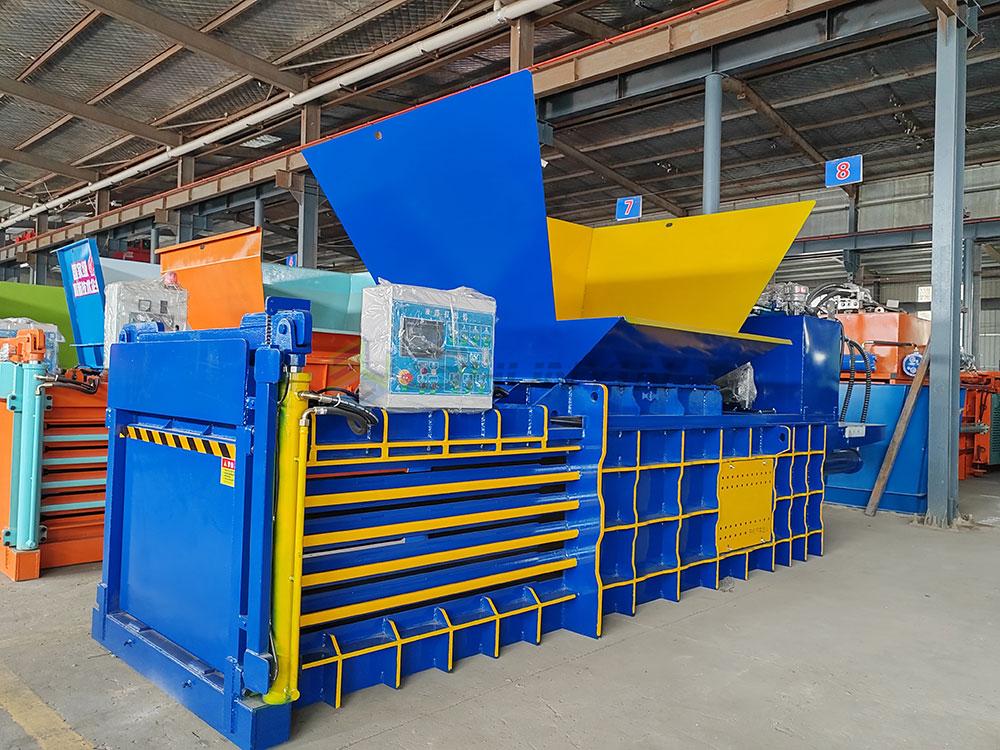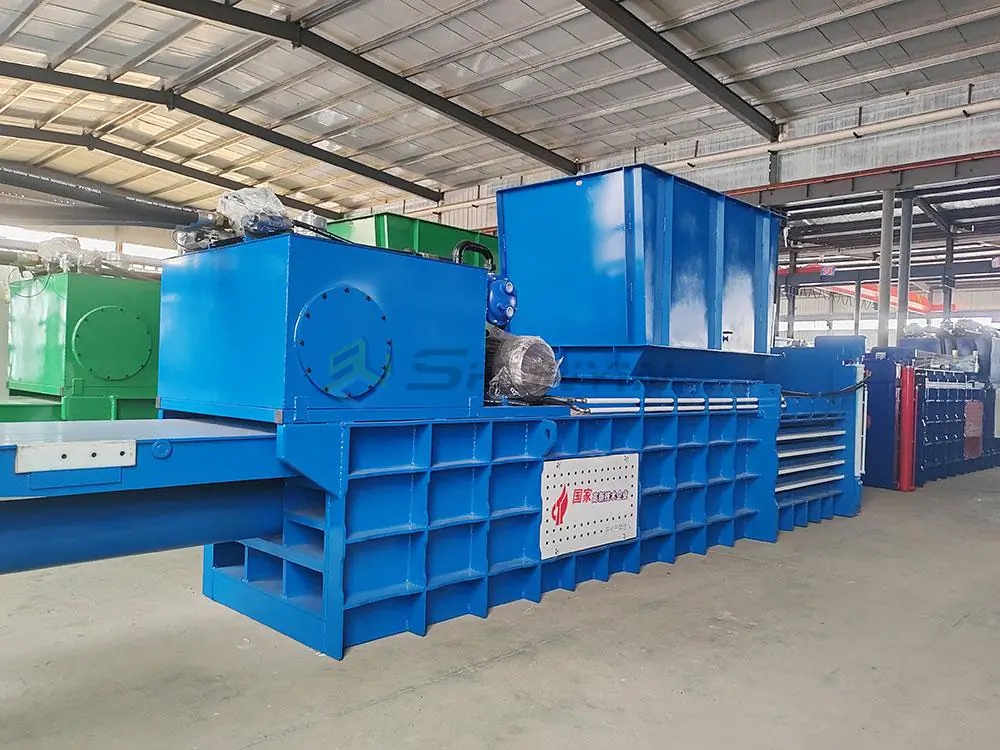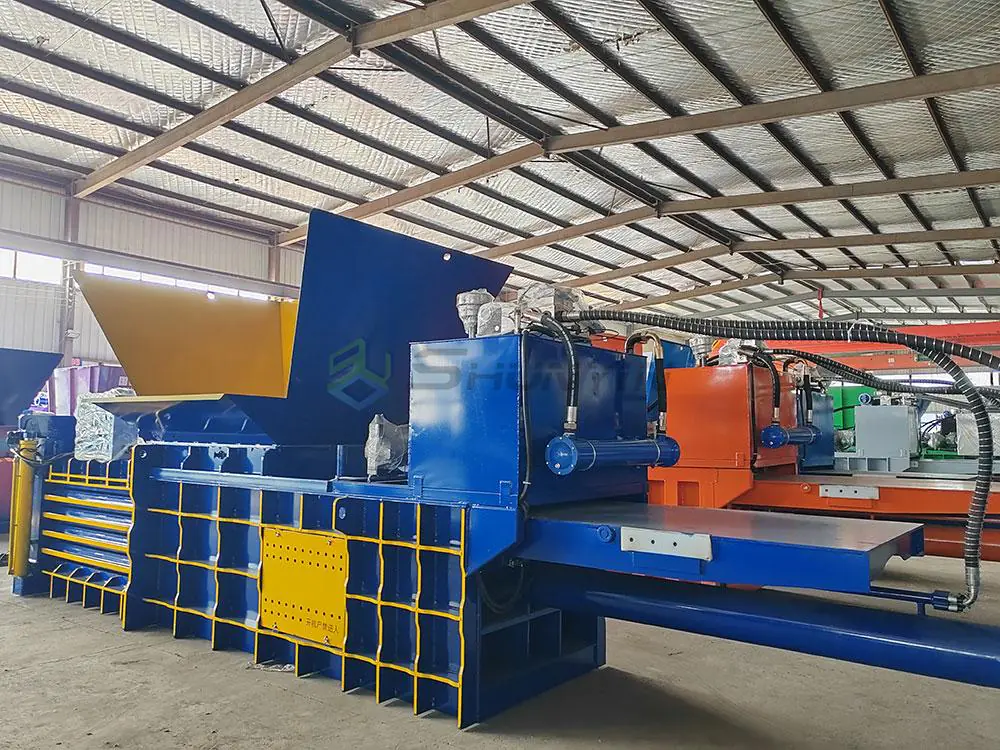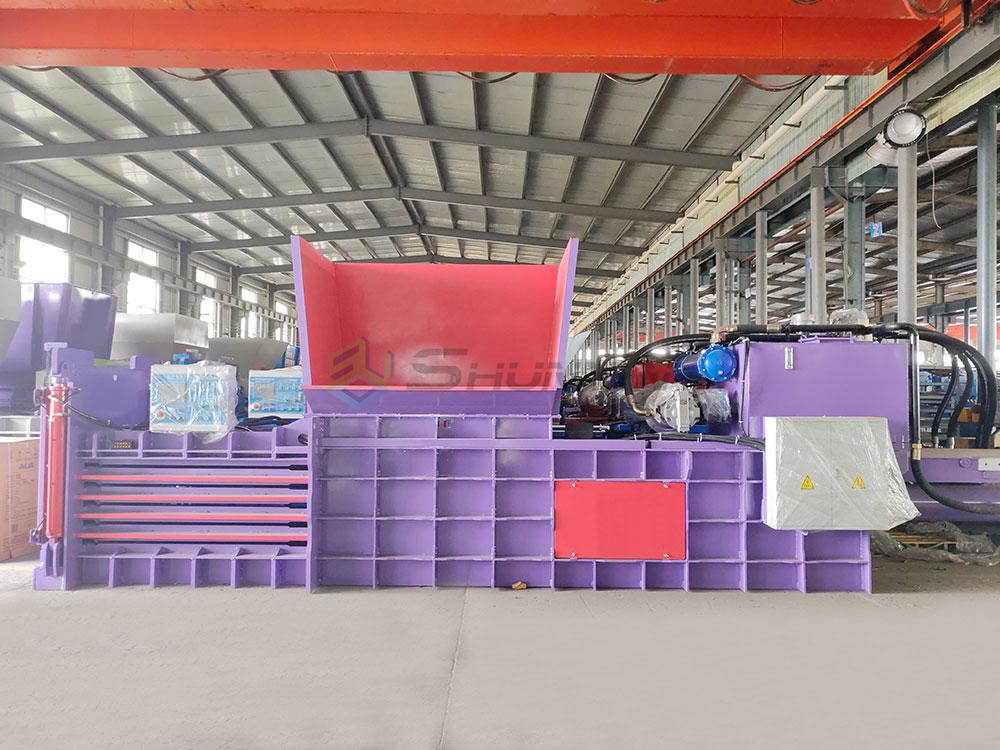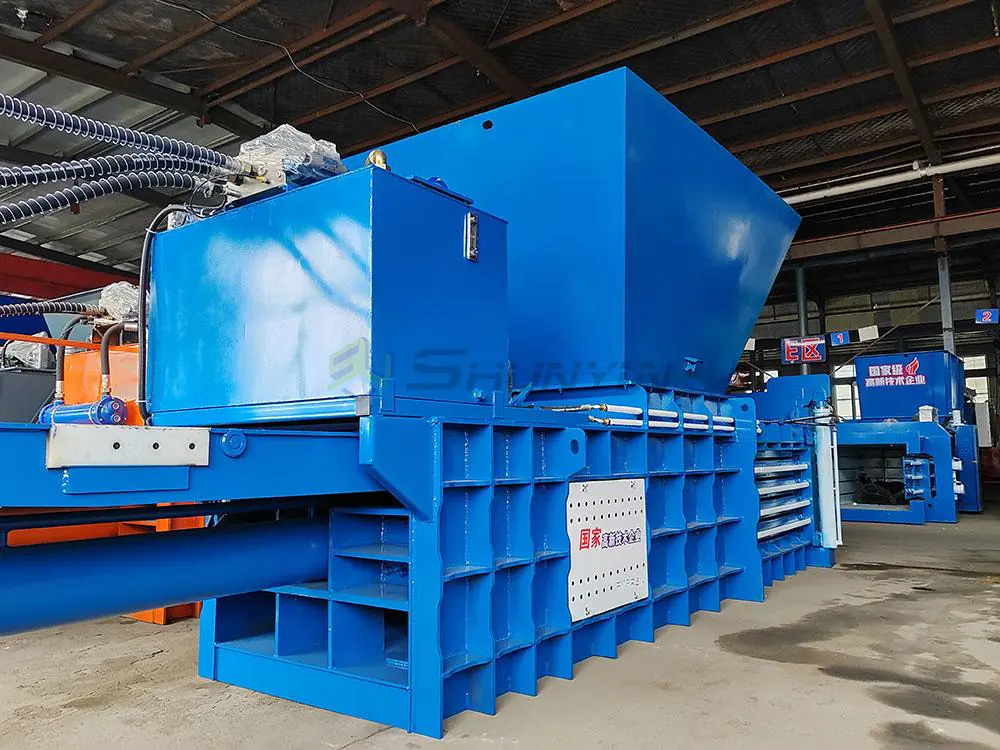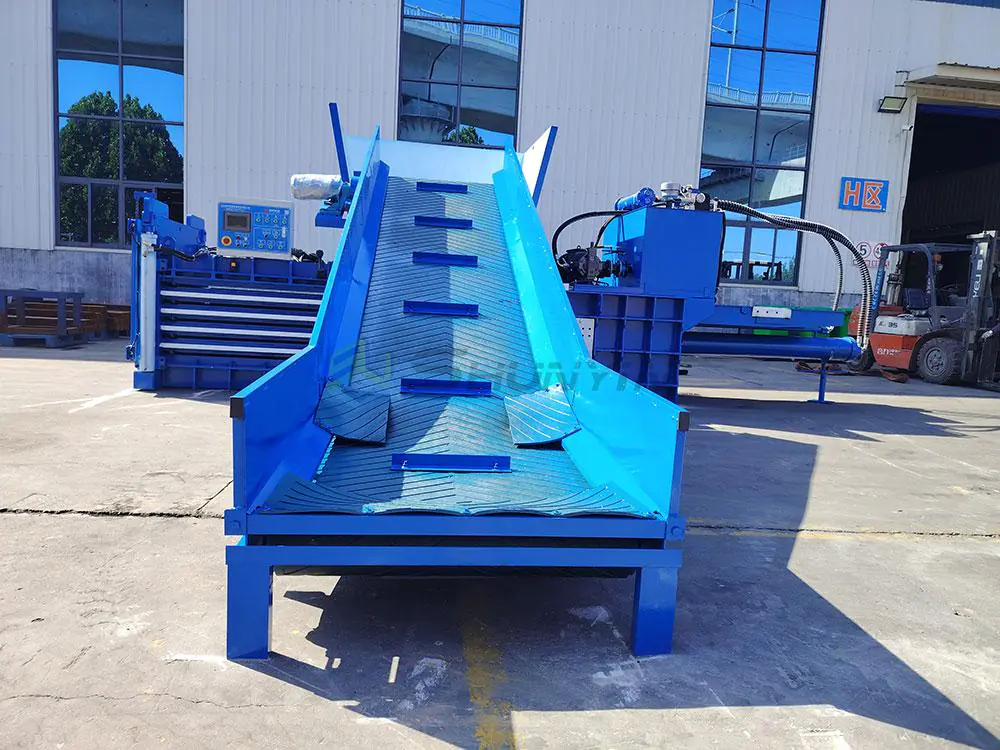
I watched a frustrated warehouse manager kick a pyramid of loose plastic bottles yesterday. His chaos could’ve been avoided with one machine. Let’s solve this puzzle once and for all.
Baler machines compress materials into dense, stackable bales using hydraulic pressure and steel wires, while compactors crush waste into disposable containers. Balers excel in recycling operations where material resale matters, whereas compactors suit high-volume trash reduction. The key difference lies in output: balers create organized packages for profit, while compactors simply minimize waste volume.
Now that we’ve cracked the main distinction, let’s examine the machinery that could transform your waste management from cost center to revenue stream.
What is the difference between a baler and a compactor1?
Six months ago, a client nearly bought a compactor for their paper recycling plant – a $12,000 mistake waiting to happen. Let me save you from similar errors.
Balers use hydraulic pressure to compress recyclables (cardboard, plastic, textiles) into tightly bound bales secured with wires or straps, creating salable commodity bundles. Compactors crush mixed waste into disposable cubes using mechanical force, focusing solely on volume reduction without material recovery. Balers require manual material sorting, while compactors handle heterogeneous trash.

Operational Comparison Table
| Feature | Baler Machine | Compactor |
|---|---|---|
| Material Handling | Sorted recyclables only | Mixed waste acceptable |
| Output | Market-ready bales ($80-250/ton) | Compressed trash cubes |
| Maintenance Costs | Higher (hydraulic systems) | Lower |
| Space Requirement | Moderate (needs bale storage) | Compact |
| ROI Period | 6-18 months (through sales) | 3-5 years (through disposal savings) |
The tipping point comes when your waste contains over 40% recyclables. At that threshold, our clients typically see balers generate 7-12% additional revenue streams.
What are the benefits of a baler?
Our Singaporean client transformed their waste costs into a $7,200/month income stream using a basic horizontal baler. Here’s how that magic happens.
Baler machines convert waste into salable commodities, reduce disposal costs by up to 70%, improve warehouse safety through organized storage, and enhance sustainability credentials. Key benefits include: 1) Revenue from recyclables 2) Reduced transportation costs 3) LEED certification eligibility 4) Fire risk reduction 5) Customizable bale sizes.

The Hidden Profit Calculator
Let’s break down actual savings from our North American distributor:
| Without Baler | With Baler | |
|---|---|---|
| Monthly Cardboard Waste | 15 tons | 15 tons |
| Disposal Cost (@$50/ton) | $750 | $0 (sold) |
| Revenue (@$120/ton) | $0 | $1,800 |
| Labor Costs | $400 (handling) | $550 (baling) |
| Net Savings | -$1,150 | +$1,250 |
This 240% ROI swing explains why major retailers like Walmart operate 50+ balers nationwide. The catch? You need consistent recyclable volumes – we recommend minimum 2 tons/month to justify investment.
What is a compactor in business?
When a Tokyo convenience chain reduced their dumpster pickups from daily to weekly using compactors, their operational rhythm fundamentally changed.
Commercial compactors are waste volume-reduction systems that crush mixed trash into dense cubes, reducing disposal frequency by 60-80%. Common applications include: 1) Retail stores 2) Restaurants 3) Apartment complexes 4) Hospitals 5) Manufacturing plants with non-recyclable waste.

Compactor Cost-Benefit Breakdown
Let’s analyze a typical 5-year cost scenario:
| Cost Factor | Trash Hauling | Compactor |
|---|---|---|
| Equipment Cost | $0 | $18,000 |
| Monthly Disposal | $1,200 | $480 |
| Maintenance | $0 | $150 |
| 5-Year Total | $72,000 | $37,800 |
While compactors slash disposal costs, they don’t create income. That’s why we advise clients to first install balers for recyclables, then compactors for residual waste.
What is the difference between a bailer and a baler?
A Canadian client once rejected a shipment over this spelling error – don’t let terminology trips cost you deals.
"Bailer" refers to 1) A device removing water from boats 2) Someone posting bail. "Baler" specifically denotes industrial baling machines. The spelling difference indicates completely different functions – using "bailer" in recycling contexts signals professional ignorance.

Professional Communication Checklist
When discussing equipment:
✅ Always use "baler" in industrial contexts
✅ Specify type: vertical/horizontal baler
✅ Mention materials: textile baler, plastic baler
✅ Clarify power source: hydraulic vs. electric
❌ Never use "bailer" except maritime contexts
This terminology precision builds immediate credibility with industry buyers. One Japanese importer told me they automatically discard inquiries with "bailer" typos as unprofessional suppliers.
Conclusion
Choose balers when recycling generates income; opt for compactors when pure trash reduction matters. Most businesses benefit from both – balers handle recyclables, compactors manage residual waste. Ready to transform your waste streams? Let’s customize your solution.
-
Learn about compactors and their role in reducing waste volume and disposal costs effectively. ↩


